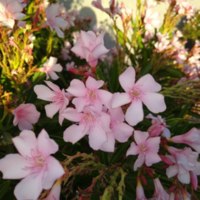"NOPE!" Plants
Dublin Core
Title
"NOPE!" Plants
Subject
Poisonous Plants
Description
Plants that are not only pet-UNfriendly, but are extremely detrimental to animals
Creator
Nadia Hajo
Date
Added to Repository: 2023-02-28
Contributor
Nadia Hajo, Hannah Patrick, Brenda Qualls, Laurie Taylor






Comments